His first day on the job will be early in 2026.
Farmington Public Schools
FARMINGTON, CT — When the new year starts in January, the Farmington School System will have a new leader.
The Farmington Board of Education on Monday announced the appointment of Jess M. Giannini, current assistant school chief in Avon, to the position of superintendent of schools, effective Jan. 5, 2026. No salary details were provided.
He will replace Kathleen C. Greider, who served as superintendent from 2009-25, retiring in June 2025 and currently serving as interim superintendent until Jan. 4, 2026.
The Farmington Board of Education appointed Giannini at a special meeting on Monday, Oct. 27.
Giannini is a longtime teacher and administrator at the school and district levels.
"His vast experience at all levels of education made him an excellent candidate throughout the search process to lead the Farmington Public Schools during an exciting time of innovation," wrote Farmington Public Schools in a release.
He is currently the assistant superintendent of Avon Public Schools.
School officials said he is a "highly visible leader who connects with students, colleagues, and parents on a daily basis."
" I am delighted to welcome Jess Giannini as our new Superintendent of Schools. With his outstanding record of leadership and innovation in Avon, Jess brings a clear vision and purposeful direction that will guide our schools into a bright future. His intelligence, passion, and commitment to excellence will be tremendous assets to our town," said Farmington Board of Education Chairman Bill Beckert.
"I am confident that under his leadership, we will see continued progress in prioritizing student and staff success, strengthening educational excellence, expanding opportunities for all learners, and building the organizational capacity needed to meet the evolving challenges of public education."
Finding a new school chief for Farmington was a long process, according to school board member Andrea Sobinski, who was the chair of the superintendent search committee.
“The search for Farmington’s next Superintendent was both comprehensive and inclusive," she said. "Through focus groups and surveys conducted across our schools and the broader community, we identified the leadership qualities most valued in our next district leader."
Giannini thanked the Farmington school board for the opportunity to lead the school system.
“I am deeply grateful to the Farmington Board of Education for entrusting me with the honor and responsibility of serving as the next superintendent of schools," Giannini said.
"I am humbled by your confidence and inspired by the opportunity to lead a district widely recognized and respected as one of the finest in Connecticut and across the nation."
This year marks Giannini’s 26th year in education.
He began his career as a fifth-grade teacher in Vernon before joining the Avon Public Schools, where he spent 10 years teaching third- and fourth-grade at Pine Grove Elementary School.
Giannini later served as assistant principal and then principal of Pine Grove.
In 2020, he became principal of Avon Middle School, continuing his commitment to collaborative and engaging learning environments.
Most recently, he served as assistant superintendent for the Avon Public Schools.
Giannini has a bachelor’s degree in elementary education and liberal studies from Westfield State University and master’s degrees in reading and language arts and educational leadership from Central Connecticut State University.
He also completed advanced executive leadership studies through CCSU’s Superintendent Preparation Program and a superintendent internship with Simsbury Public Schools.
A father of two daughters, ages 12 and 14, Giannini and his wife, also a career educator, enjoy traveling across New England for their daughters’ field hockey and soccer games.
In his free time, he is an avid long-distance cyclist, golfer and values time spent with family.

 860-261-4405
860-261-4405




 Service Areas
Service Areas























